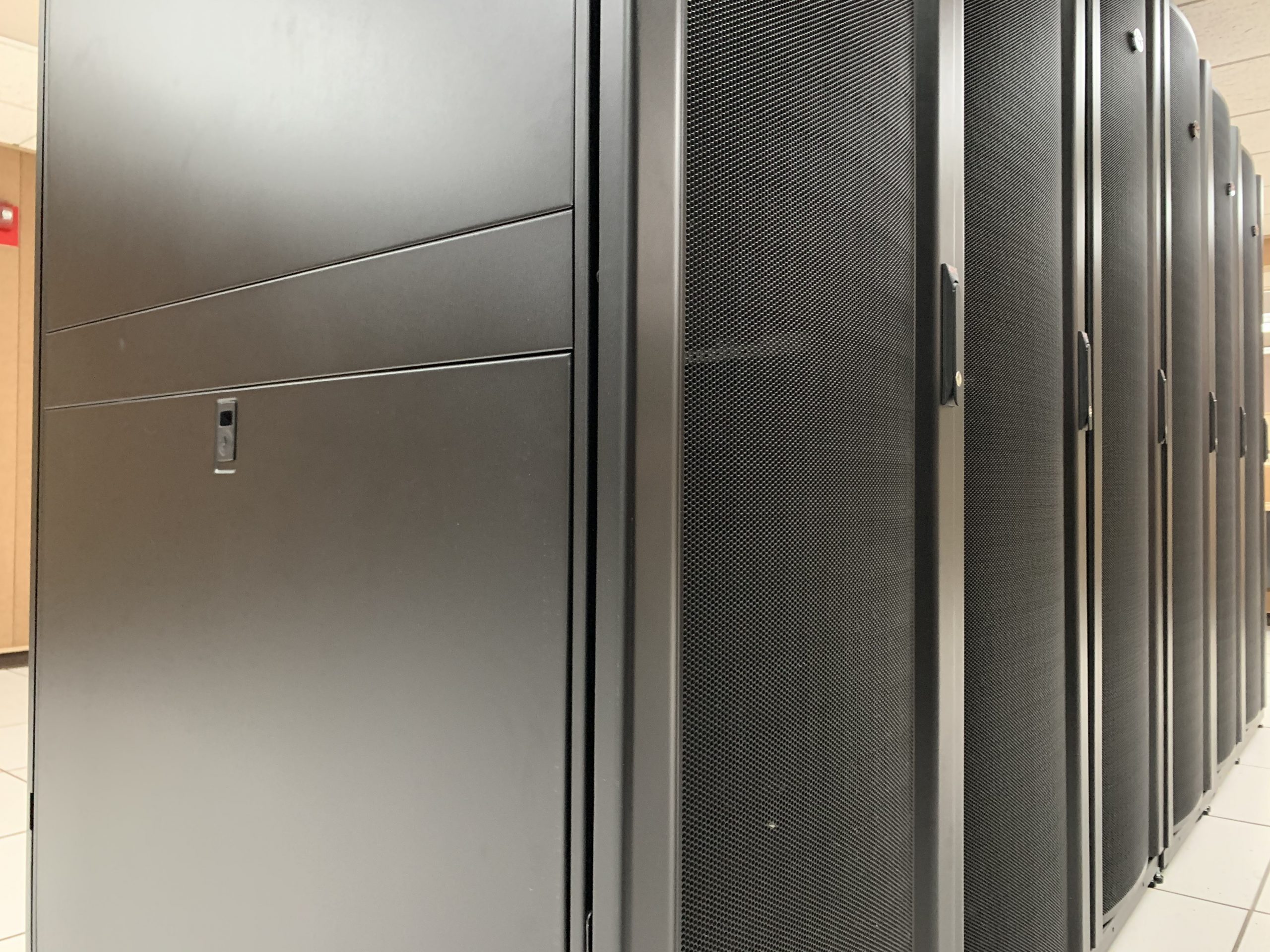Many companies are finding a viable alternative to on-premises data centers or complete cloud transitions. In particular, those who place a high priority on security, reliability, and control, but do not have the budget for large capital expenditures to build and maintain an on-prem data center, find that colocation is a solution that bridges the best of both worlds. Read on to learn more about why colocation is becoming a popular choice among a diverse group of organizations.
COST
There is no question that cost is among the most important factors when considering where and how to house your networking equipment. Businesses that have more evolved IT departments or unique security needs will find that it is cheaper in the long run to establish and maintain colocation than other options. With colocation, you can eliminate capital expenses required to run a data center, such as:
-
- UPS (uninterrupted power source)
- Backup generators
- Power grids and upgrades
- HVAC units
- Raised Floor
- Fiber build-outs
In addition, there are ongoing maintenance costs associated with maintaining and managing your servers in-house. Why be responsible for these costs when they can easily be outsourced? Costs for things like electricity, cooling, and physical security are going to be a lot lower in a colo facility that is designed to provide these resources on a massive scale. Over the long term, your total cost for infrastructure hosting is very likely to be lower when you use colocation.
SECURITY and RELIABILITY
Security and reliability are next on the list. Colo data centers are designed to do one thing, and do it well: Host infrastructure in an ultra-efficient and ultra-reliable manner. To accomplish this, these facilities provide features like redundant electricity, highly-efficient HVAC, solid physical security, and sturdy, reinforced walls for resilience against natural disasters. Equipped with the latest in security technology including cameras, surveillance and strict access controls, colo data centers are monitored 24/7/365, both in the physical world and on the cloud to ensure that unauthorized access does not occur. In addition, colocation facilities utilize environmental monitoring services to detect and alert management anytime the temperature falls above or below certain thresholds or moisture or smoke is detected in the environment. Fiber redundancy is another critical feature provided by colo data centers. Multiple ISP-providers ensure that your systems can failover to another fiber backbone in the event of a carrier outage.
DELIVER SERVICES AT THE EDGE
A growing trend among cloud service providers is the need to deliver services at the edge. Colocation has a broad geographic reach and is a great way to place infrastructure in locations that are closer, in geographic terms, to your users than your existing site. This can boost performance and optimize the customer experience by minimizing network latency for data traveling between your users and your servers. Regardless of how much bandwidth a data center has access to, its customers are bound by the physics and the infrastructure of the internet because data takes time to travel. The closer the data center is to its customers, the lower the latency. To meet this need, edge colocation providers rent out dynamic server space and handle the infrastructure maintenance for underserved areas that effectively extend the edge of the internet.
HYBRID CLOUD SOLUTIONS
One fundamental truth that is often overlooked is the fact that the cloud could not exist without data centers. The cloud is comprised of a network of servers that computes and stores data that enables software and services to run on the Internet instead of locally on computers. Those servers reside in data centers where they’re supplied with the power, cooling, and everything else needed to run them. With the ever-increasing number of companies “moving to the cloud”, its no surprise that hybrid cloud frameworks are growing in popularity. A hybrid IT strategy encompasses any combination of on-premises, colocation, private cloud, and public cloud. The idea is to place workloads in the most appropriate environment. Colocation can accommodate legacy hardware or applications that can not run in the cloud and it can give you more control over your assets and data than a full cloud migration.
If your networking needs are similar to those mentioned above, it may be time to consider colocation as part of your IT strategy. The experts at Reese Data Center can help you find an easy, cost-effective way to host your networking equipment without sacrificing control, security, or reliability. At Reese Data Center, we provide the environment and infrastructure, and you bring your servers. Call us today to learn more about how Reese Data Center can help you control costs, maintain a high level of security for your data, reach your users at the edge, and even customize hybrid solutions. Or complete this contact form and one of our experts will be in touch.


